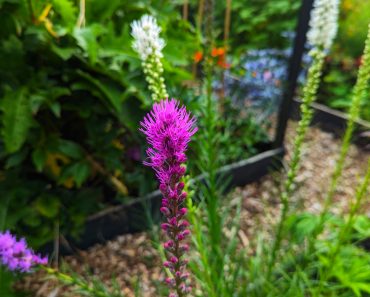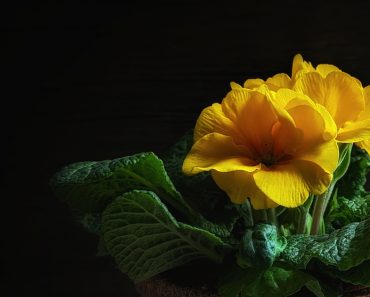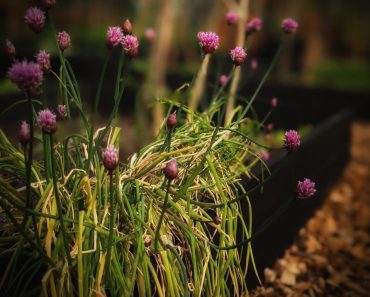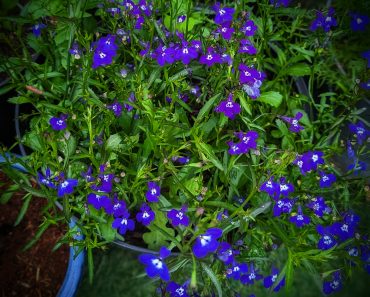Flowering from Spring into Summer, Geums or Avens are semi-evergreen, hardy perennials. They make a delightful addition to cottage gardens, container gardens and are ideal for the middle or front of borders, they also thrive in Partial shade!
These easy to maintain plants produce dainty, yet vibrant flowers usually of yellow, orange and red. Here’s how I grow and Care for mine…
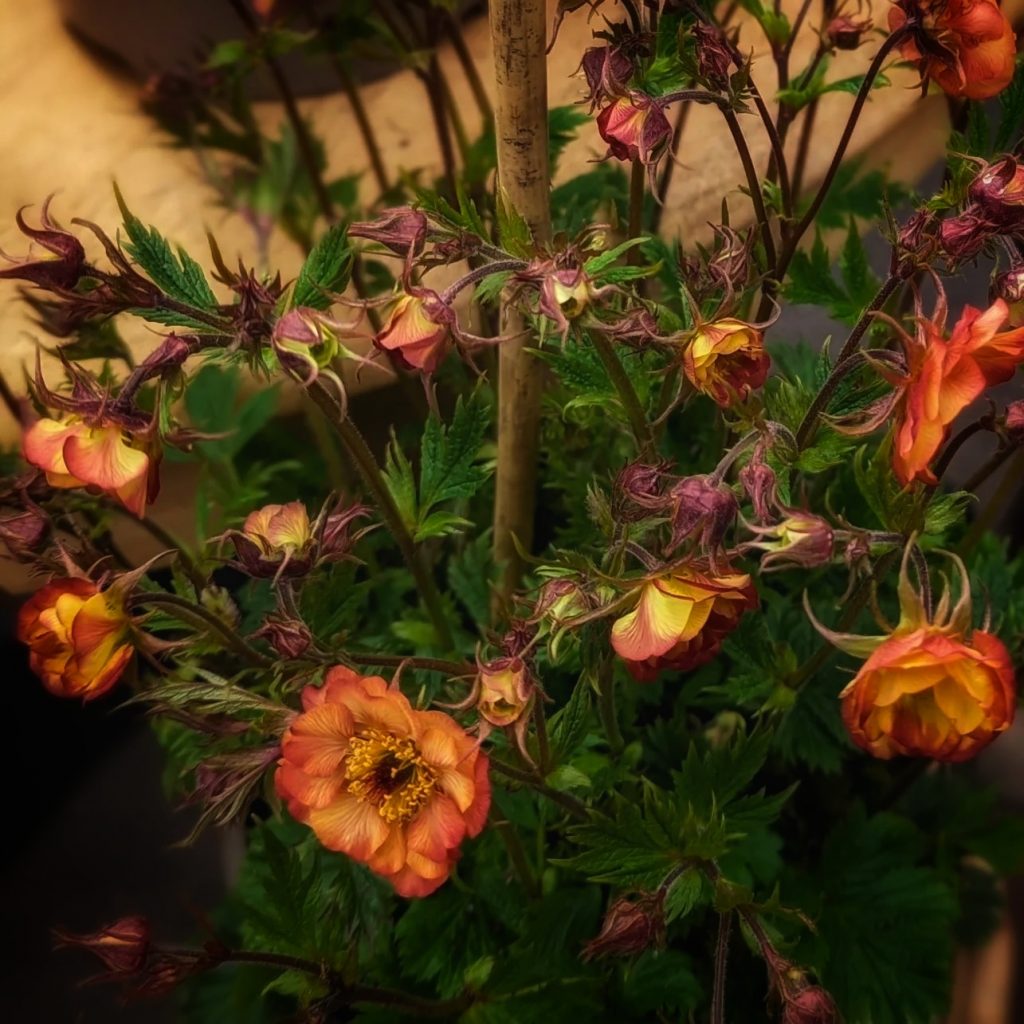
This post may contain Affiliate links please see my disclosure policy
Geum Characteristics
Geums are a compact plant, usually growing to around 50cm in height. Geums will naturally spread via rhizome-type roots, topped with multiple growing crowns.
In late Spring to Summer the plant produces delicate, rose-type nodding blossoms on the top of long wiry stalks. The leaves are lush and green, the semi-evergreen foliage often persists year-round.
Geum Origins
Geum also commonly known as avens, belongs to the rose family. The generic name Geum originates from the Greek work ‘geno‘, meaning to yield a pleasant aroma. Referencing the strong clove-like scent of the Geums roots.
Mostly native to Europe, Asia, North and South America, Africa, and New Zealand, the Geum really does get about!
Some Geum Folklore!
In folklore, our native wild Geums (wood avens) were considered to have spiritual and protective properties. For example, if you were to have wood avens growing by your house, it would protect you and your family from Evil. If you were to wear a posy of Avens around your neck, you would be protected from rabid dogs and venemous snakes.
Geums were also highly regarded by Christians. They believed, because the leaves grew in threes and its petals in fives it was reminiscent of, the Holy Trinity and the Five Wounds.
How To Grow Geums
Some types of Geum can be grown succesfully from seed, here are some wonderful options…
- Buy Geum Lady Stratheden Seeds
- Buy Geum Red Dragon Flower Seeds
- Geum Magellanicum Seeds
- Geum urbanum (Wood Avens)
Sow Indoors from February -July
- Surface Sow Seeds in pots, trays or modules of compost, cover with a light sprinkling of compost. Keep the soil moist, but not sodden.
- Place on a warm windowsill. Cover with a propagator lid, cellophane bag or cling film
- Germination can take 30- 90 days and can be slow and erratic
- When large enough to handle, prick out and pot on into larger pots
- Plant Out 30cm (12in) apart in moist, well drained soil in sun or part shade spot, once all chance of frost has passed. **Be sure to harden off indoor raised seedlings first
What Does Hardening Off Mean?
Plants raised indoors or in a greenhouse environment, need to be acclimatised to cooler temperatures and increased air movement for about two to three weeks before they are planted outdoors permanently. This is a ‘toughening up’ practice to prepare the plants for their new environment.
How to Harden Off
Place your plants out for a couple of hours in a shady part of the garden. The next day, leave them out again for two hours, but this time allow the plants an hour of direct sunshine in the morning. Gradually continue to increase the length of time the plants are in direct sunshine over the course of roughly two weeks.
Propogating Geums via Division
Should you have a friend who happens to own one of these lovely plants. In spring or Autumn ask if you can pinch a little of it!
This is done quite easily via the process of division. Simply dig up the mother clump break it into separate pieces- each piece with its own network of roots, and replant. The newly separated plant will be an exact replica of the mother plant.
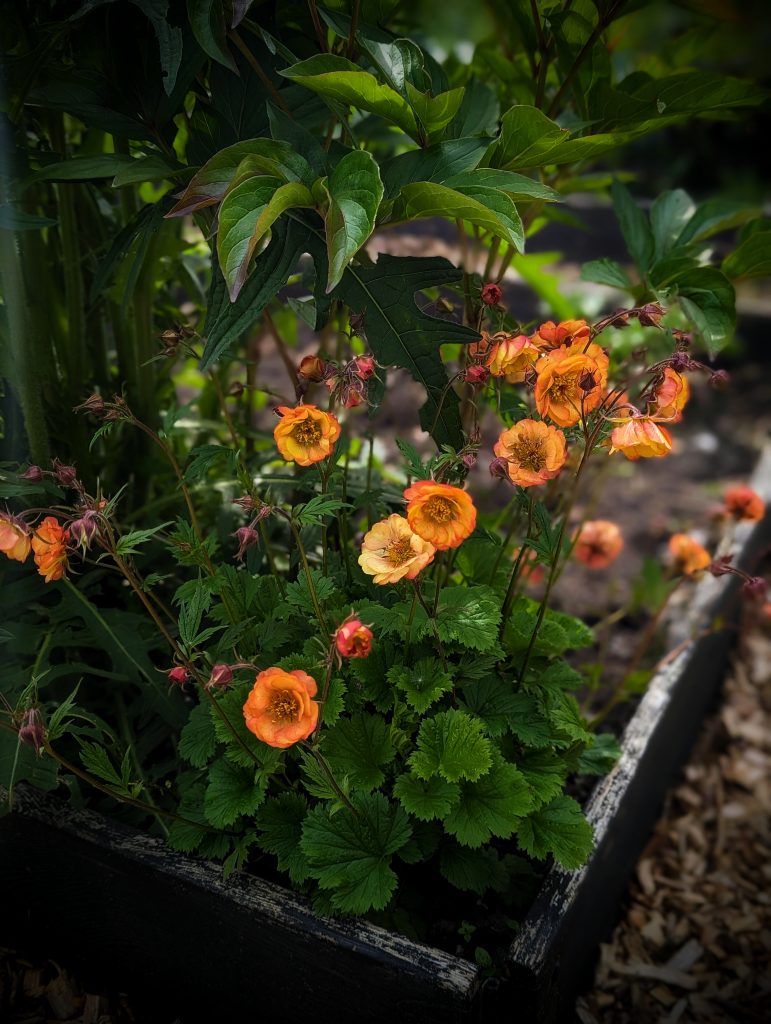
Where To Plant Geums
Most varieties of Geum thrive best in a moist, well drained soil, in a sunny or partially shaded spot. In truth, Geums much prefer partial shade if possible, their foliage can sometimes scorch and wilt in a full sun spot.
When to plant Geums
Geums are best planted out in late summer, autumn, or in early spring, when the ground is not frozen.
geum water requirements
Water geums well, especially in the early days as they are becoming established. However once they are thriving geums are quite low-maintenance and will only need occasional watering, more so during periods of drought.
When do geums flower?
Most Geums have a long-flowering period, producing blooms from late spring to late summer.
dead Heading Geums
Try to remove spent flowers, this will encourage new growth, repeat blooms and reinforce stem strength.
When to cut back geums
Should you Cut back Geums? I rarely bother, I mostly leave the plant to its own devices. However, on occasion, I may remove tired looking leaves if they have begun to wither.
Do Geums Come back every year?
Yes, though Geums are considered short-lived perennials. Which is why its important to divide Geum clumps every 3 years to keep the plants healthy and vigorous. Otherwise, they may decline and dissapear from your garden. What a crime that would be!
Do Geum Plants Spread?
Yes, Geum plants will naturally spread thanks to their rhizome-type roots.
Can Geums Be grown in Pots?
Yes, Geums do well in pots. Just be sure to provide them with a container large enough
Do Geums Make Good Cut Flowers?
They make great cut flowers, with their long slender stems and vibrant blooms!
Geum Vase Life: 5-7 days
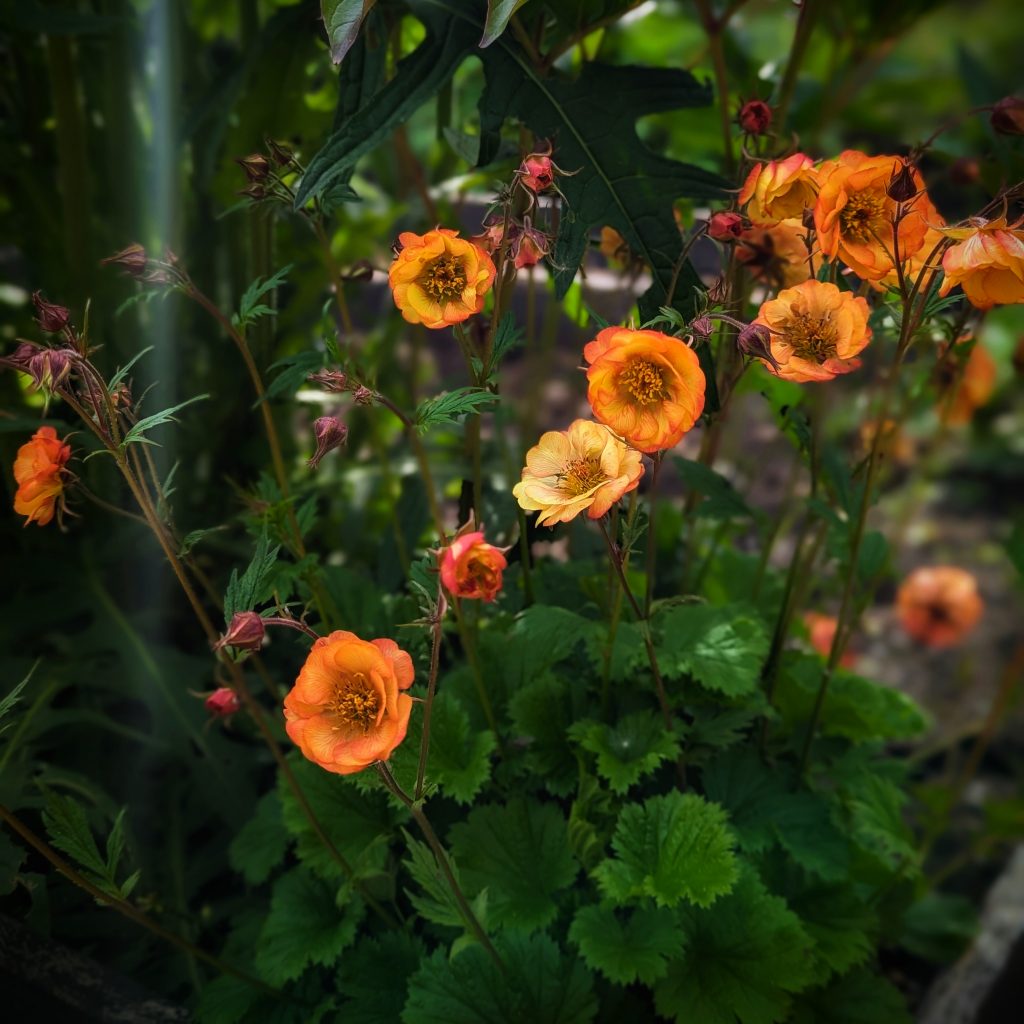
CREATING A GARDEN? CHECK OUT THESE POSTS…
- How To Grow Lobelia
- How To Grow Cirsium Rivulare
- How To Grow Delphiniums
- How to Grow Dahlias
- How To Grow Sweet Pea
- How To Grow Snapdragons
- How To Grow Cosmos
- How To Grow Verbena
HAVE A NOSEY AT THESE FRUGAL GARDENING DIY POSTS TOO…
- DIY Potting Bench made from scrap materials
- DIY Rustic Fence Made From Branches
- Make a Free DIY Crazy Paving Path
- DIY Shed From Old Doors
- DIY Potting Shelter
- DIY Free Greenhouse
- DIY Bee Hotel
LOOKING FOR MORE ‘HOMELY’ INSPO ?
Have a Nosey Around the Blog! See what i’ve been Decorating, Baking, Growing and Brewing! Also, pop over and say Hi on Instagram

